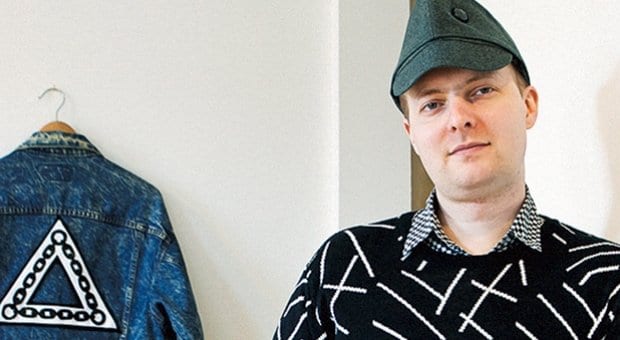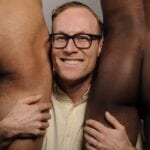In 2007, I was asked to spin my first-ever DJ set at the wildly popular mid-week dance party Hump Day Bump. This terrified me for two reasons. First, it was my DJ debut in Toronto — I almost wet my pants. Second, I shared DJ duties that night with Will Munro.
I had known of Munro only from his Vazaleen parties, where he perched high above the stage at Lee’s Palace, blasting strangely wonderful dance hits from the underground. I attended that party, and a few of his other nights around the west end, religiously.
When I got up onstage to DJ with him at Hump Day, he was so friendly and easygoing that all feelings of intimidation melted away. He did, however, look over at my CD case and ask, “Is that all you brought with you?” I answered innocently, “Yeah, I like to keep it concise and specific.” He laughed and started his set. I then sneaked out, got on my bike and bolted home to grab every CD in my collection for my set. I saw Munro grin when I walked back in the bar with a suitcase of additional music.
Munro’s many parties in the city — aside from his art and arty underwear — are what truly cement him as a gay icon in Toronto. He pushed for strange venues (Remington’s and a Rasta bar on College Street, for example) and created fresh events for all types of queer people. Going to one of Munro’s parties meant you could run into beefy hunks, drag queens, goth kids, hipsters, artists, gays and straights. Every party was a stew of people simply wanting to dance. This all happened at a very specific moment in Toronto’s gay history — a time where going west was still unknown and thrilling, and options for dancing with other gays were typically limited to circuit parties.
Munro brought out the freak in everyone and inspired others to do the same.
His legacy is so strong because what he did now seems so unlikely. Today’s gay party scene is more segregated than ever. There is a party for every single type of queer person in Toronto. While that is a really great thing, it also breeds a backward feeling of exclusivity, which isn’t so hot.
We also now live in a city, province and country where we’re often surrounded by stale conservatism — a society riddled with politicians looking to silence artists and cut funding for smaller creative projects. Hell, look at the recent fee, brought in by Minister of Employment and Social Development Jason Kenney, that forces any “employer” (ie, the venue or promo-ter) to pay a $275 processing fee for each foreign musician playing at their bar, pub or restaurant. That’s $275 for each band member! This is on top of the $150 work permit the artists themselves have to pay for. Don’t worry: this doesn’t affect artists playing at large venues like the Air Canada Centre, only the smaller, local venues. You know, the ones with the heavy cash flow and stage budgets.
Carlyle Doherty has created an online petition to protest the fee and recently told the Toronto Star, “It seems like they’re kind of trying to shut the door on culture, which makes us unique and sets us apart from every other country.”
That closing door might seem heavy, but parties and fun new events will not stop in Toronto because of fees like this one. In fact, there will probably be more than ever. Just take a look at the event listings page on dailyxtra.com and you’ll find a profusion of art shows and parties for gay gamers, bears and gingers. And word gets out in so many ways, whether through Facebook invites or Twitter, unlike for Munro and his parties, where it was good old posters, flyers and word of mouth.
If queer people are faced with an obstacle, especially when it hinders their ability to party, they’ll find a way around it. With Toronto, Munro had a sort of blank slate to experiment and toy with. Now it’s up to us to build on it, expand it and mess with it. An army of lovers will never be defeated.
Click here for our feature story on Munro.
Phil Villeneuve is Xtra’s arts editor.


 Why you can trust Xtra
Why you can trust Xtra


